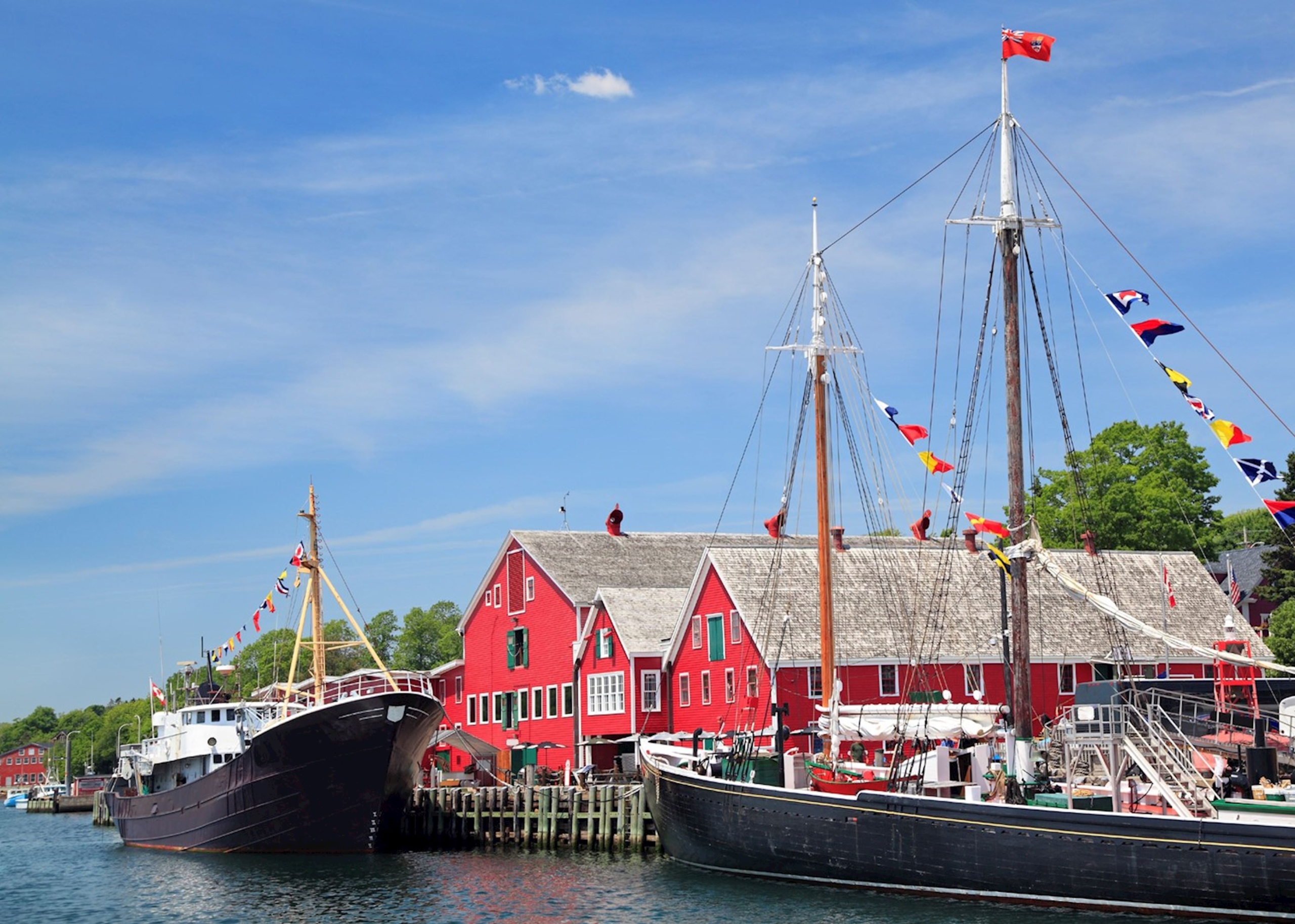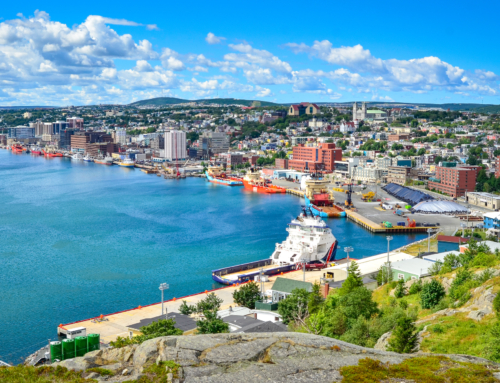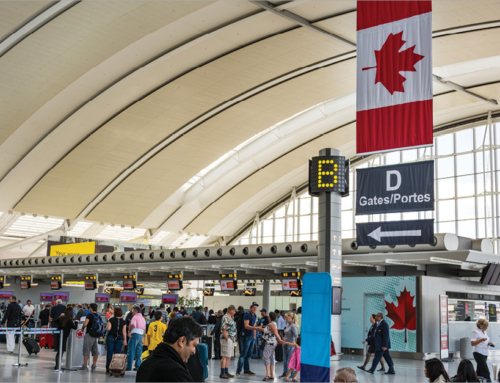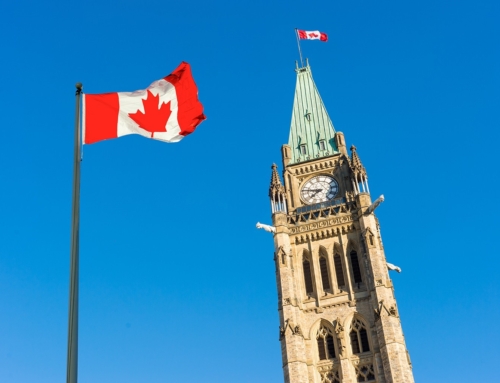CIC News
The first findings from the 2021 census paint a picture of how the ongoing COVID-19 pandemic is changing population growth habits in this country, shedding light on what Canadians are more commonly choosing when it comes to the communities they call home.
Canada added 1.8 million people to its population in 2021 compared with 2016, driven by immigration with four in every five being immigrants. Downtown urban areas grew by 10.9 per cent, roughly twice the rate over the previous five years.
According to the data, immigrants typically settle in urban centres, providing an explanation for the growth in metropolitan areas despite concerns of an urban exodus amid the pandemic.
But, outside of those metropolitan areas, some of the fastest growing regions in the country include small, more rural communities in B.C. and seaside Maritime cities like Halifax—where space, greenery and good work-life balance are driving migration among Canadians.
“We’re seeing small cities, including small cities outside the orbit of large metropolitan areas showing some robust growth,” Tom Urbaniak, political science professor at Cape Breton University, told CTV National News.
“This signals to me that Canadians are looking for some flexibility, places reputed for their quality of life and are finding it easier to work from different places.”
For the first time since 1940, the Maritimes grew faster than the Prairie provinces, a huge shift for the region.
Over the last six censuses, Calgary led the large urban centres of the country in terms of growth. But between 2016 and 2021, Halifax grew by 26.1 per cent, the fastest of any city.
And while still considered a large urban centre, Halifax offers luxuries that other Canadian cities can’t, like ample green space, seaside living and, most importantly, a reasonable real estate market.
“We’re seeing very significant growth in the core of Halifax for people looking for an urban quality of life, easy access to amenities. But, in relative terms, affordable real estate,” Urbaniak explained.
“Even though Halifax has seen some pretty dramatic increases in real estate values in the past couple of years, when we compare that to other markets it still seems remarkable to people who are getting sticker shock elsewhere.”
“As real estate values exceed on average $800,000 to a million dollars in many markets, people who do have some flexibility either because of their stage in life or their ability to work remotely, are now looking to some of those smaller centres where you may still want access to amenities and reliable technology, but where the prospect of owning a property is still there.”
And this is no coincidence—Nova Scotia has been actively marketing to Canadians looking to migrate to more affordable, picturesque settings.
A recent online campaign boasting the joys of living in Nova Scotia was designed as a way to entice people across Canada to move to the province, now that working from home is becoming the norm.
Among the campaign’s top reasons to move: four seasons of outdoor adventure, a rugged coastline never more than 60 kilometres away.
But Halifax isn’t the only place seeing growth thanks to its abundance of green space.
Some of the country’s fastest growing towns and rural regions can be found in B.C., including Kelowna, Chilliwack, Nanaimo and Squamish, an adventure-sport-driven mountain town roughly 45 minutes south of Whistler. Its population jumped by nearly 22 per cent since 2016.
Sabrina Smelko was ahead of the curve when it came to leaving Toronto for Squamish, uprooting her life and career as a television personality in 2018 in favour of space, greenery and better work-life balance.
“What made us want to move to B.C. was being closer to nature. We found that every weekend to go for a walk we’d have to drive in traffic, pay to access something… there was just too many people and concreate and not enough greenery, nature and space,” Smelko told CTV National News.
“I was always spinning my wheels competing with people in Toronto. And it felt like there was more space for me to branch out here and grow my own business.”
Now, as an entrepreneur in the health and wellness space, Smelko sees a growing trend in Canadians giving up the “hustle” of the big city in favour of a slower way of life.
“When we’re just so stacked in a city, and it’s just about the work… you kind of grow unhappy because your happiness isn’t self-generated, you’re just a cog in the machine so to speak,” she explained.
“The pandemic has taught us that you can work from home and have a remote job… and I think there is going to be a resurgence in small services like being a farmer, being a welder, where you can just plunk yourself in any city in the world because you have a skill people need.”
Subscribe to our Newsletter
By submitting this form, you are consenting to receive marketing emails from: . You can revoke your consent to receive emails at any time by using the SafeUnsubscribe® link, found at the bottom of every email. Emails are serviced by Constant Contact








